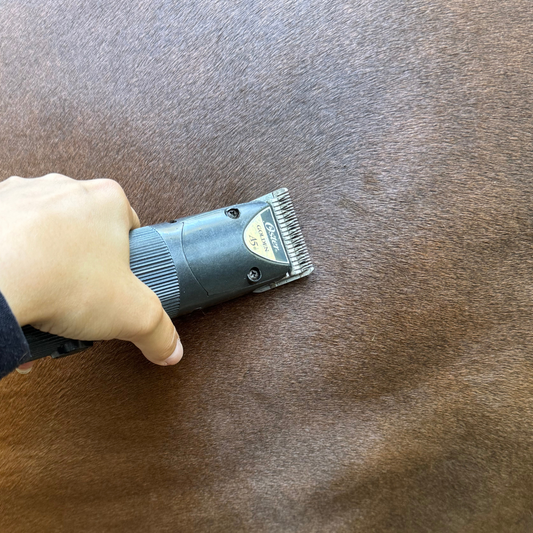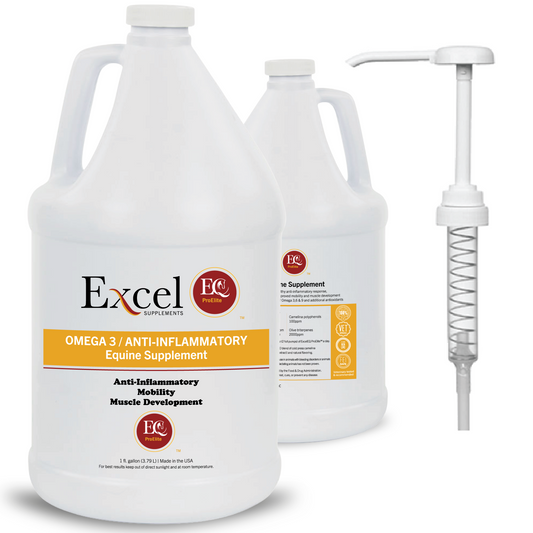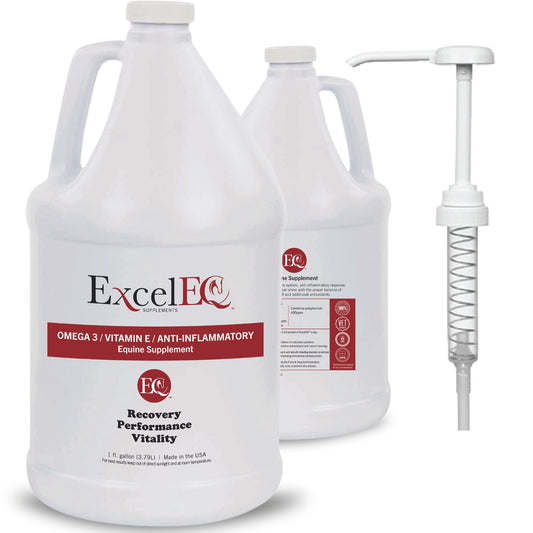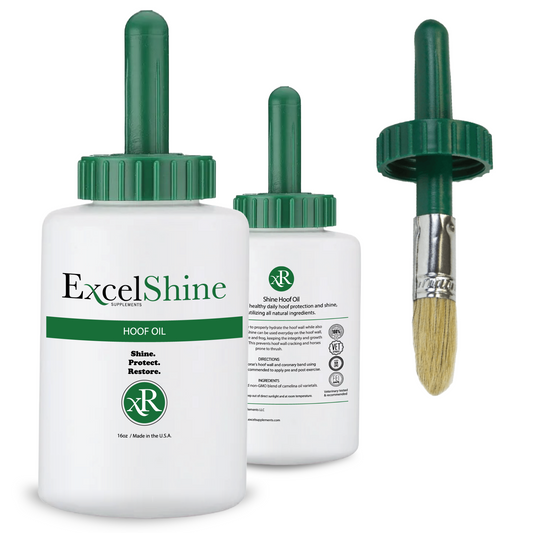Understanding EMS and Cushing’s Disease in Horses
Share
Equine Metabolic Syndrome (EMS) and Cushing’s Disease are becoming increasingly prevalent in horses, particularly among older equines. These complex conditions affect horses of all breeds and ages, leading to a growing concern among horse owners and caretakers.
The Rise of EMS and Cushing’s Disease
Cushing’s Disease, also known as Pituitary Pars Intermedia Dysfunction (PPID), involves an enlargement of the pituitary gland, which results in excess production of AdrenoCorticotropic Hormone (ACTH). This, in turn, causes the adrenal glands to produce elevated levels of cortisol, a stress hormone. Elevated cortisol levels lead to increased blood sugar and insulin resistance, manifesting in various symptoms.
Equine Metabolic Syndrome (EMS) shares symptoms with Cushing’s Disease but is not caused by a pituitary tumor. EMS is characterized by insulin resistance and can result from chronic stress, which raises ACTH and cortisol levels, ultimately leading to similar symptoms such as founder, polydipsia, and polyuria.
Personal Experience with Cushing’s Disease
Recently, I faced a challenging situation with a mare I had purchased for breeding purposes. Despite a thorough pre-purchase exam, she exhibited multiple signs of metabolic issues upon arrival. Her symptoms included:
- Foundered feet
- Peri-orbital fat above her eyes
- A potbelly
- Lethargy
- Muscle atrophy
- A hard cresty neck
- Excessive drinking and urination
My initial hope was that dietary modifications could address her insulin resistance. However, it became clear that she was suffering from advanced Cushing’s Disease. I attempted various interventions, including diet changes and mineral rebalancing, which improved her overall condition but did not fully resolve her symptoms.
In May, she required body clipping due to failure to shed her winter coat, and in August, she developed subsolar abscesses, which aligned with a seasonal spike in ACTH levels. Despite starting treatment with Prescend (Pergolide), her condition worsened, and severe neurological symptoms emerged, leading to the difficult decision of euthanasia.
The Increase in Metabolic Disorders in Horses
The rise in EMS and Cushing’s Disease cases may be linked to increased stress and management practices. Stress induces ACTH production, which stimulates cortisol release, perpetuating insulin resistance and metabolic issues.
Managing and Preventing Metabolic Disorders
Proper management of diet and exercise is crucial for preventing and managing metabolic disorders in horses. Here are some strategies:
- Exercise: Regular exercise helps utilize excess blood sugar and reduces circulating glucose levels.
- Diet: Opt for feeds with lower starch and non-structural carbohydrates (NSCs) to prevent blood sugar spikes. Consult with your feed dealer to choose appropriate feeds.
- Supplements: Consider supplements like ExcelEQ, which is high in Omega-3 fatty acids. Omega-3s provide an alternative energy source, support healthy inflammation levels, and contribute to overall well-being.
Looking Ahead
In future posts, we will explore how certain horses' innate personalities might predispose them to metabolic disorders and delve into natural sources of Omega-3 fatty acids for optimal health.






